

Nigel Webster
Fishing Journalist & TV Presenter
Nigel is a well-known Australian fishing personality, having written numerous magazine articles, authored the “Southeast Queensland Fishing Atlas” and been a long-time fishing presenter of the AFN Fishing show on 7 Mate. Nigel is a Sunshine Coast resident of over 20 years and knows when and where to fish the various parts of the Sunny Coast intimately.
Fishing The Sunshine Coast In Winter
South East Queensland is a melting pot where temperate and tropical waters meet and a diverse range of fish species are on offer. The winter months typically bring cooler, more stable weather patterns, which bodes well whether you’re fishing the lakes, rivers or estuaries. And for those who love their offshore fishing the slowing of the East Australia Current makes a natural looking lure presentation much easier. All in all, winter is a great time to fish the Sunshine Coast.
After living near Noosa for almost 20 odd years, Nigel Webster has the Sunny Coast fishing pretty well wired…… these are his top 5 winter fishing spots.
Sunshine Coast Fishing Spot #1: Borumba Dam
Species: Australian bass and saratoga, but don’t be surprised if silver or golden perch turn up, or even a stray Mary River Cod!
Borumba Dam is situated in the Noosa Hinterland and is a wonderful, scenic lake system that is nestled in steep, dense tropical rainforest and well stocked with well conditioned bass and saratoga, not to mention silver perch, golden perch and Mary River cod. The gates are usually open 24/7 during the autumn and winter months and there generaly aren’t too many boats on the water. If you’re visiting this system over the cooler months you can expect the tranquility of the extensive weedbeds, lily pads and maze of timber, both standing and submerged, to be abruptly interrupted by the aggressive smashing of surface lures by quality fish.
Land based fishing in Borumba Dam is mostly limited to the vicinity of the picnic area and boat ramp, the rest of the banks being quite steep and heavily vegetated. A small boat or kayak will open up unlimited possibilities for the lure angler.
Late autumn and early winter are a great time to work small stickbaits or floating soft plastic frogs through the lily pads and around the timber in the hopes of tempting a chunky bass or saratoga, first thing in the morning is often when the surface bite is hottest. Lures in the 10-12cm size range are good, look for places around lily pads where there are trees for terrestrial food to fall from. Check which way the wind has been blowing over the few days before you head to the lake and position yourself to make long casts towards the banks that have been copping the full brunt of the wind. Keep moving to find the places still in the early morning shade and use small, fine gauge and very sharp hooks as saratoga in particular have a habit of throwing hooks.
As the sun gets higher, small soft plastics, spoons, ice jigs, spinnerbaits and other typical sub-surface bass lures will do the job, look for fish stacked up over flats or structure in around 12-15 feet of water. A good sounder is an important piece of kit and will allow anglers to not only locate fish stacked on the flats, but also to find the original creek beds and associated treeline, which often give up some stonker bass at this time of year. As the season progresses further into winter bass often form spawning aggregations in deeper water, though they not actually able to spawn in most dams (including Borumba).
Don’t forget that you’ll need a stocked impoundment licence (available online) to fish Borumba Dam.
Lures:
- Small stickbaits in the 10-12cm size range, such as the Zippin’ Ziggy are great for both bass and toga..
- Soft plastic frogs rigged weedless and worked through lilies and weedbeds are another great option.
- Spinnerbaits, small soft plastic paddletails and spoons are worth fishing once the sun is up and the surface fishing has slowed down.
Sunshine Coast Fishing Spot #2: Noosa Everglades
Tide: The lower end of the system is tidal but saline water doesn’t push much upstream of Lake Cootharaba. The system upstream can show a small tidal rise and fall as the water coming down the river gets held back by an incoming tide in the estuary.
Species: Australian bass, barramundi, mangrove jack, tarpon.
The Noosa Everglades are the second biggest everglades in the world, after Florida, with seemingly endless opportunities for anglers. Be sure to check and abide by regulations regarding petrol motors, speed limits and so on. This is a stunningly beautiful fishing destination with extensive areas of flooded forest, natural river channel and freshwater lakes that offers a mixed bag of fish species.
Barramundi have become more and more commonplace throughout this system, though it can take some serious time on the water to get them figured out. Tides are important and a tide turn during low light periods will always be worth a try, especially a few days either side of a full or new moon. Look for congregations of baitfish and prawns and the barramundi are likely to be nearby. Plan on putting in a lot of casts through the key bite periods and slow rolling paddle tailed soft plastics until you interest a barra.
For mangrove jack and bass this area requires lots of casts deep into structure, so plan on fishing plenty of weedless presentations such as ZMan or Zerek paddle tailed plastics or soft prawns and skipping them into cover using the wind and tides for reaction bites. Hard bodies also work well in this area, especially suspending versions. Experiment with the retrieve and in the case of plastics with the jig head weights as you’ll find the fish respond differently to different actions at times.
Don’t forget the mozzie repellant.
Lures:
- ZMan and Zerek paddletailed soft plastics fished either weedless on an unweighted worm hook or with a weighted worm hook to get the lure down deeper as necessary.
- Soft plastic prawns are a great option in the everglades, again fished into the structure and worked with hops and jumps
Sunshine Coast Fishing Spot #3: Noosa North Shore
Tide: Low tide is a good time to drive the beaches looking for fish. Avoid periods when the tides are very large, and especially avoid driving back home along the beach at night on a high tide if you can. As for fishing, there are n=both high and low tide structures, so simply keep an eye open for likely places to fish at the time.
Species: Can be just about anything from bream and flathead through to tuna, mackerel, mulloway, tailor, snapper and reef species.
Break out the four wheel drives, next we’re headed for the North Shore to fish the beaches with soft plastics and metal slugs. The idea is to have a couple of rods rigged and ready to go and then drive up the beach towards Double Island Point keeping your eyes open for colour changes, birds and other signs of fish. 9′ surf rods with 10000-14000 size spin reels loaded with 20lb braid will allow an angler to cast a lure almost over the horizon, putting structure such as shallow reef, coffee rock, gravel and rubble patches within range. Use a 14-20lb (even up to 40lb) leader of 8-9′ for protection from abrasion.
Low tide is a great time to drive the beaches looking for fish, but be very careful not to get bogged below the high tide line! Pelagic species come and go on all tides as long as there is good beach structure such as gutters with large, open mouths that face seaward, especially if the water is clean. Also at low tide, look for the harder structures that might hold fish can be visible and you can note when to come back to them.
Parks permits are required to visit this area and a camping permits are required if you plan to stay overnight in the campgrounds.
Lures:
- Metal lures in the 40, 55 and 70g range are perfect for casting from the beach and can be worked quickly to target pelagics. Nigel likes the halco Twisty, but there are plenty of metals around that do the job.
- Soft plastic paddle tails and jerk baits are very effective for most species in the surf.
- Everything eats a soft vibe…. so cast it long and give it a fast burst of cranking with the reel keeping the rod tip reasonably high, then pause and let the lure sink back to bottom.
Sunshine Coast Fishing Spot #4: Mooloolah Estuary Lower Reaches
Tide: Tides changes on dawn and dusk are good, but either run in tides or run out tides can fish well.
Species: Principally large bream and mangrove jack, but trevally, queenfish and a bunch of other species are possible.
Nigel focussed mainly on the Mooloolah River estuary, but similar opportunities are also available in the Noosa and Maroochy estuaries and in the Pumicestone passage. For flathead fishing in particular, the Maroochy River from the cod hole down to the mouth is a myriad of sand flats and holds some great fish.
The Mouth of the Mooloolah River is chock full of structure such as jetties, pontoons and bridges and is a hotspot for some thumping bream and mangrove jacks, especially on tide turns around the light changes. Nigel finds that on a run in tide at low light the fish will often come away from structure a little and can be targeted around the edges and dropoffs, rockwalls and canal points. As the tide drops the fish will tend to move up harder under structure and you’ll need to use weedless rigged presentations and be prepared to cast them into danger. Casting a distance from structure, letting the current carry the lure and bumping it off structure is a great strategy.
Lures:
- Paddle tail plastics are very effective when slow rolled through dropoffs and edges around pontoons, rockwalls and so on during the run in tide.
- Soft vibes are a deadly lure when the fish are not holding too tight to structure and are down deeper.
- Small hard body lures can be very effective when fan-cast around the rocky points and the first pontoon at the mouths of canals.
- Weedless rigged soft plastic paddletails (weighted and unweighted) are great on the runout tide as they can be cast tight into some pretty gnarly spots and are less likely to get snagged up.
Sunshine Coast Fishing Spot #5: Noosa Offshore
Species: Snapper are a key target, but too many species to list can be found, including coral trout, red emperor, numerous pelagic and reef species such as nannygai, coronation trout, tuskfish and so on.
Winter is when the westerlies blow and anglers can enjoy the glamour offshore days with minimal wind or waves. When this happens Nigel likes to head for the 40m belt which is from the Gneerings to the North shore. Even better, the best weather allows forays even wider to Barwon Banks, The Hards or Double Island Point to fish in 50-70m of water.
Look for structure holding bait and especially where fish are marking up, then set your boat up to drift over it. to start with, Nigel likes to work several rods simultaneously, each rigged with different lures. Once he figures out what lures are working best he’ll fish with just a couple of rods. Feeding fish are generally active and are up off the bottom when viewed on the sounder, so it’s important to check what depth they are feeding and be sure your lure is workinbg at that depth. Casting your lure ahead of the drift and allowing the lure to sink will enable the angler to see the lure on the sounder and know what depth it’s reached.
After a drift or two you’ll get a feel for whats working and might choose to spotlock over fish, do another drift or even move on, if the fish aren’t firing.
Lures:
- Microjigs are a very good option for vertical fishing in these deeper waters and will take a wide range of fish species.
- Various soft plastics such as paddletails, shads and curlytails can work well, rigged on jig heads starting at half an ounce and going up depending on depth, currents and winds.
- Soft vibes are effective for this vertical style of fishing and can be worked in various ways to suit a lot of species.
- Lucanus and octo jigs are good for passive fishing, dropping them down to depth and placing the rod in the holder.
Conclusion
The Sunshine Coast has such an amazing variety of potential fishing opportunities in the April-Jun period it can be a little overwhelming deciding which one to pursue! Fortunately the mix of lakes, estuaries, inshore and offshore waters means there is always a red-hot opportunity regardless of how big your boat is or what the weather is doing. Consider todays podcast episode a starting point that barely scratches the surface of the fishing opportunities.

Fishing In Hobart: A Bream Masterclass With Plinio And Deathy
Check out a swag of little known techniques and insights for fishing the Derwent River system for bream in this awesome interview with Plinio Taurian.

Fishing At Forster: 5 Top Spots With Local Gun Luke Austin
The fishing at Forster – Tuncurry is superb, all year round with numerous options for land-based and boating anglers alike. Luke Austin has lived there all his life and shares some great spots for visiting anglers and locals alike.
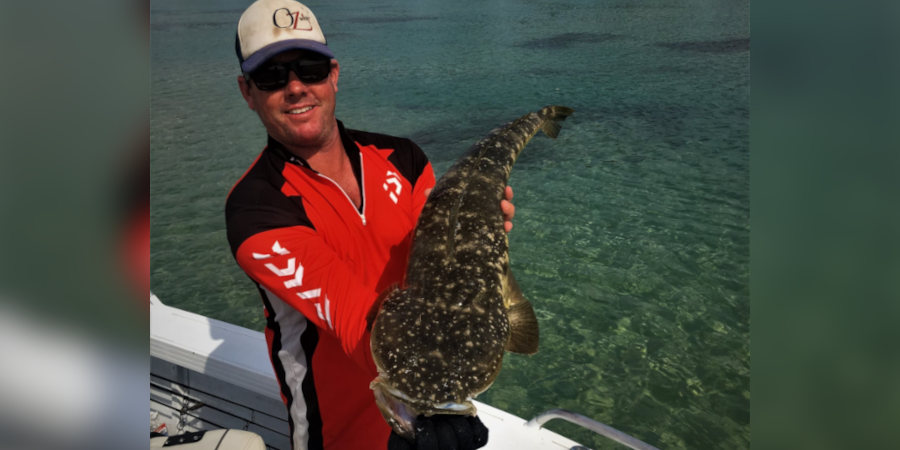
Fishing At Sussex Inlet: Cracking Flathead On Topwater With Nathan Bilsborough
This is ALF EPISODE 669. Want more? Check out nearby fishing spots, or other flathead fishing episodesIntroduction To Fishing At Sussex Inlet Welcome back, ALF listeners! Today, we’re diving deep into flathead fishing at Sussex Inlet, with expert insights from Nathan...
Unveiling the Secrets of Tuggerah Lake Fishing: Adam Amos on Bream
Tuggerah Lake Fishing is EPISODE 668. Check out our archives for more information on Bream Fishing!Introduction to Tuggerah Lake Fishing Tuggerah Lake, nestled on the NSW Central Coast, is a prime destination for bream fishing, easily accessible from Sydney. It's a...
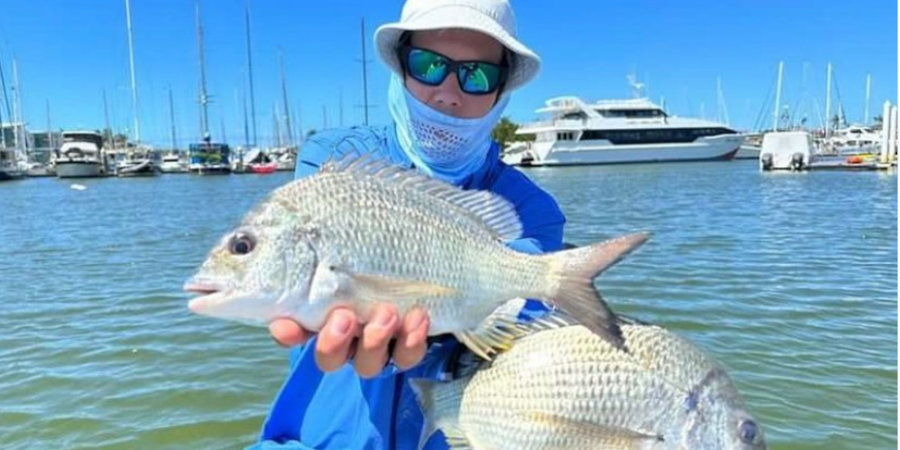
Ben Monforte’s Revolutionary Approach to Moreton Bay Bream Fishing
Ever considered using Japanese Free Rigging techniques to target bream? That’s exactly what today’s guest Ben Monforte shares with us in a fascinating techniques-based interview.
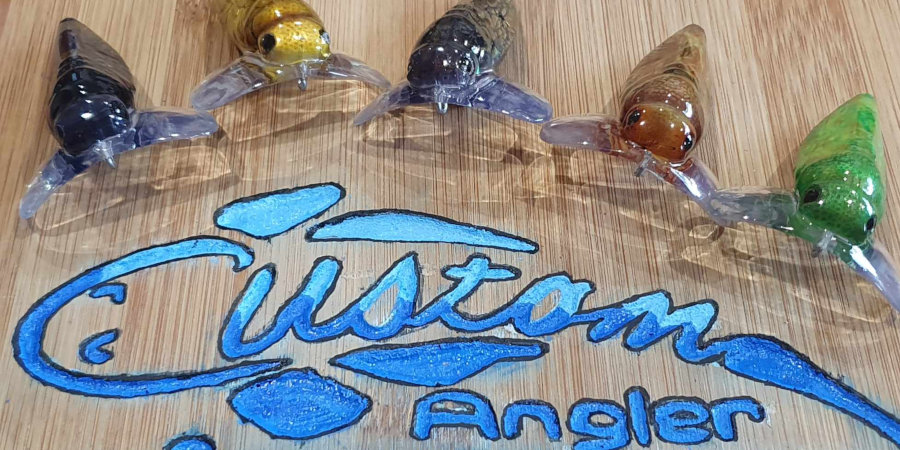
On Yamba Bream, Pimping Lures and the WRFL With Laurie Anderson
Yamba can be an exceptional fishing spot – and bream are high on the list of targets for many anglers. Tournament fisho and lure customiser Laurie Anderson shares her tips and advice in this episode.
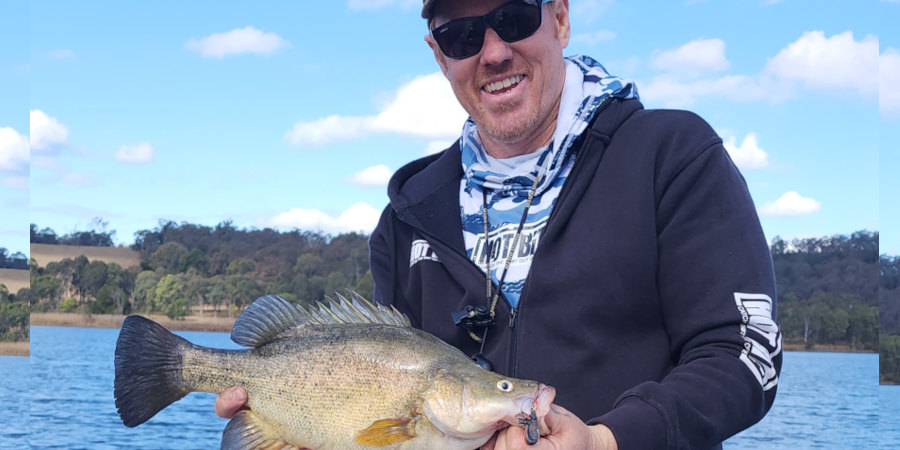
Conquering Cooby And Cressbrook Yellowbelly With Jason Ehrlich
Jason Ehrlich takes us to Cooby and Cressbrook Dams in search of yellas, and share a bunch of little known tips and insights along the way.
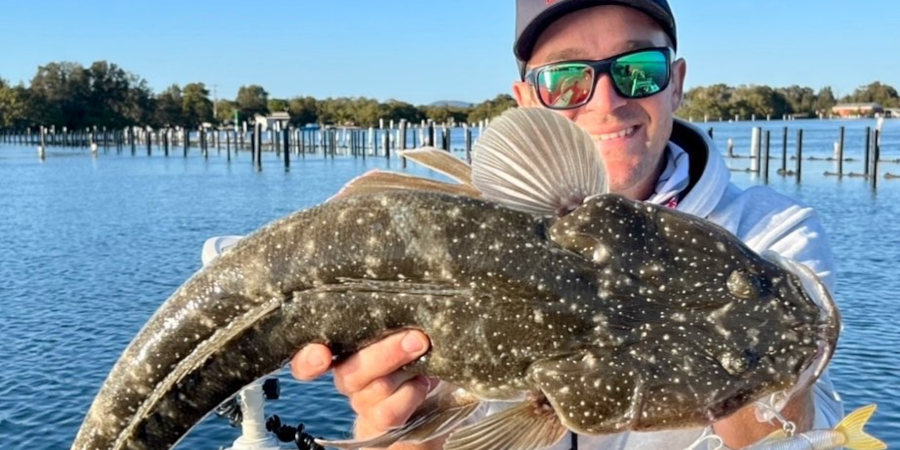
Forster Flathead Fishing With Russell Babekuhl
Russell Babekuhl has a very different take n fishing for the humble flathead, turning it into a fast current, white knuckle affair!
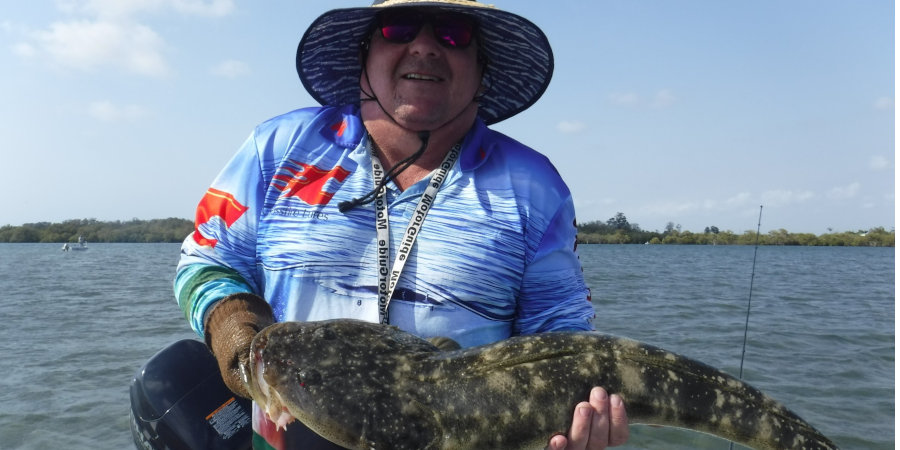
Crossfire Lures Flathead Fishing Masterclass With Simon Cross
This is ALF EPISODE #653 Check out Crossy's previous episode, or our flathead fishing archive for more!Welcome to a comprehensive exploration of topwater flathead fishing techniques with Simon Cross of Crossfire Lures fame. This detailed review captures Simon's...
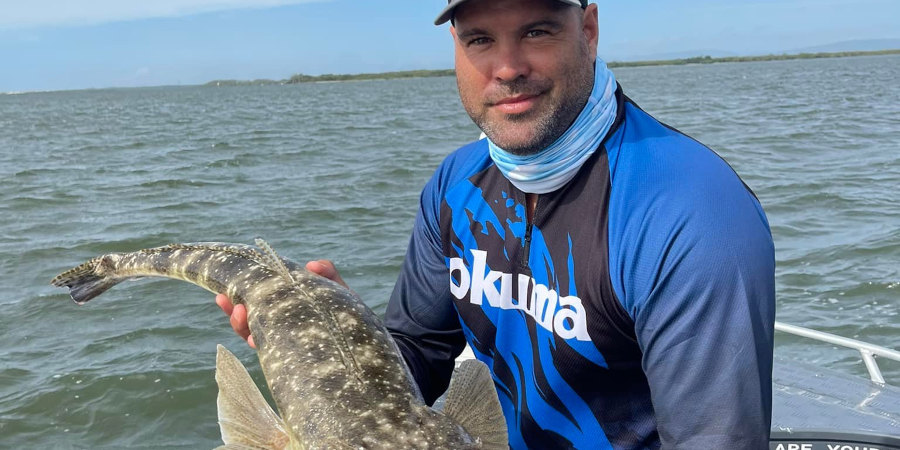
Mastering the Art of Flathead Fishing: Exploring The Waters of Jumpinpin
Hitting the Jumpinpin area over the summer months in search of quality flathead? Capn’s Charters guide Bo Sawyer explains everything you need to know.
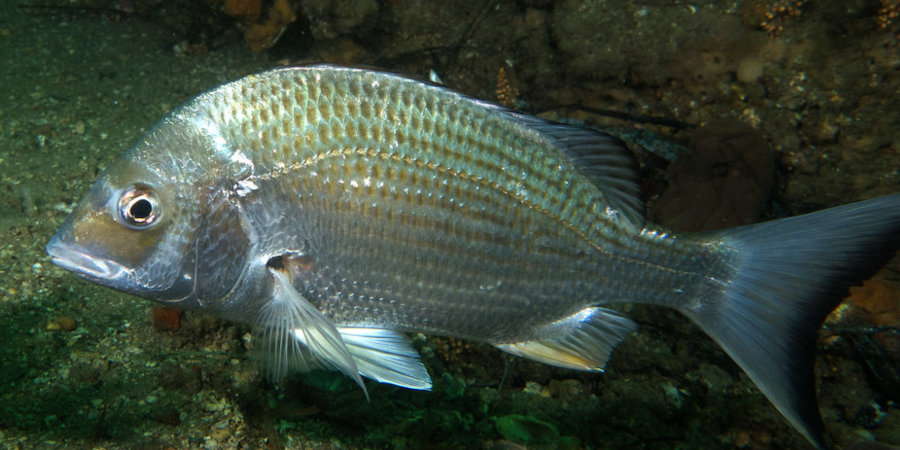
The Art Of Luring Bream
Tim “The Bream” Morgan is highly respected for his achievements on the tournament bream circuit, so when he gets chatting to fellow bream gun Andrew Death, you’d better believe that the pro tips will start flowing!

Mastering Gold Coast Flathead With Guy McConnell
Flathead are distributed right across the Gold Coast in good numbers, but spring is the time when the bigger fish become more concentrated and easier to target. Gold Coast sponsored angler Guy McConnell does a great job of sharing tips that will help anyone catch more (and better quality) flathead on lures.
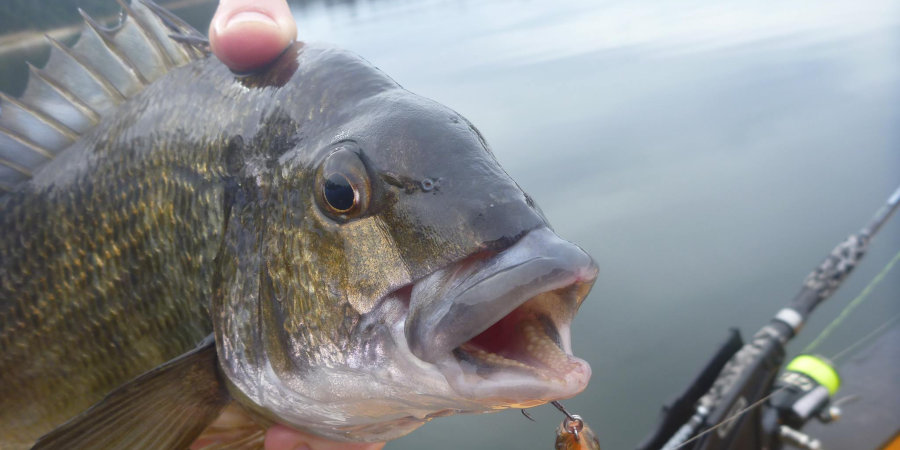
Mastering Bemm River Bream: Expert Tips from a Tournament Champion
The Bemm River system is spectacular, but not necessarily the easiest place to chase bream on lures. Luckily, we have kayak tournament champion Joel Crosbie to share his tips and advice.

The Five Best Fishing Spots In Sydney With Luke Kay
The greater Sydney area has no shortage of fishing opportunities for lure tossers, as today’s guest Luke Kay shares in this interview. From the bays and estuaries to the ocean rocks, Luke takes us through where he likes to go in search of fish.
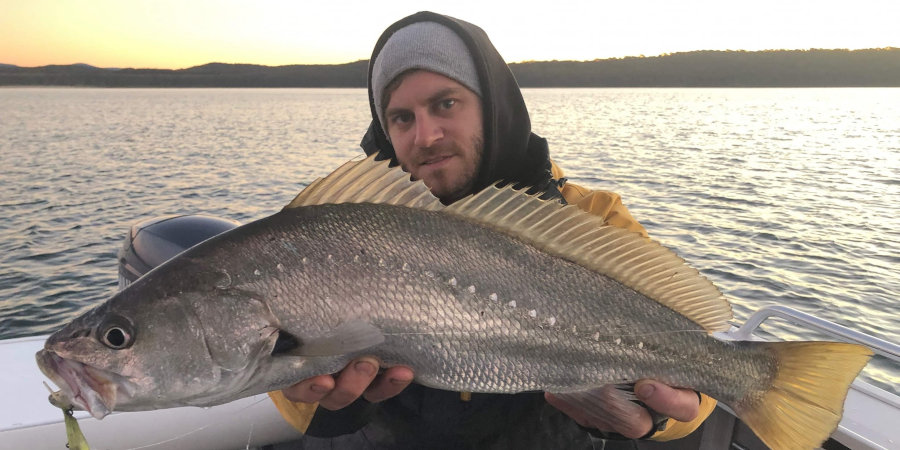
Secrets To Lure Fishing In Lake Macquarie During Winter
EPISODE 630 Lake Macquarie lure fishing gun Dan Guilfoyle is back with advice on how to enjoy hot winter fishing in Lake Macquarie. Dan Guilfoyle Lake Macquarie Fishing Identity Dan grew up fishing Lake Macquarie and as a youngster used to walk the banks and wade the...
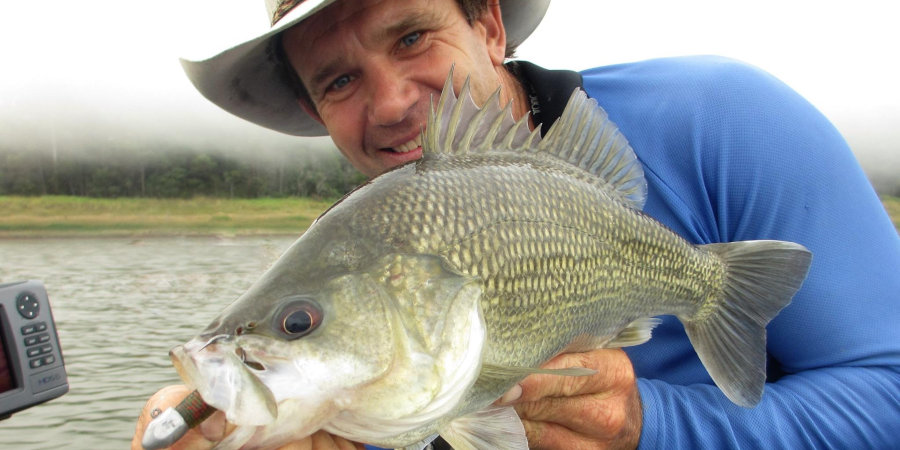
How To Catch Mega Bass In Ewen Maddock With David Brace
Ewen Maddock and Baroon Pocket Dam are relatively small, lesser known fishing spots on SEQ’s Sunshine Coast. Loaded with bass, saratoga and cod, they create a unique and readily accessible opportunity for lure fishers.

Botany Bay And Georges River Bream Fishing
Carl Dubois is one of Australia’s very successful kayak bream champions and in today’s episode he shares his tips and advice for fishing his home waters of Botany Bay and the Georges River.
![[Trailer] Episode 621: The Best Flathead Lures With Greg Vinall](https://doclures.com/wp-content/uploads/2023/03/603-understanding-flathead-audio-greg-vinall.featured.jpg)
[Trailer] Episode 621: The Best Flathead Lures With Greg Vinall
We summarise some of the information shared by the many ALF guests who have come onboard over the past four years to share their flathead fishing passion!

Fishing In Hobart: A Bream Masterclass With Plinio And Deathy
Check out a swag of little known techniques and insights for fishing the Derwent River system for bream in this awesome interview with Plinio Taurian.

Fishing At Forster: 5 Top Spots With Local Gun Luke Austin
The fishing at Forster – Tuncurry is superb, all year round with numerous options for land-based and boating anglers alike. Luke Austin has lived there all his life and shares some great spots for visiting anglers and locals alike.

Fishing At Sussex Inlet: Cracking Flathead On Topwater With Nathan Bilsborough
This is ALF EPISODE 669. Want more? Check out nearby fishing spots, or other flathead fishing episodesIntroduction To Fishing At Sussex Inlet Welcome back, ALF listeners! Today, we’re diving deep into flathead fishing at Sussex Inlet, with expert insights from Nathan...

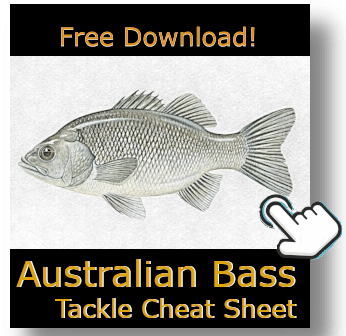

0 Comments